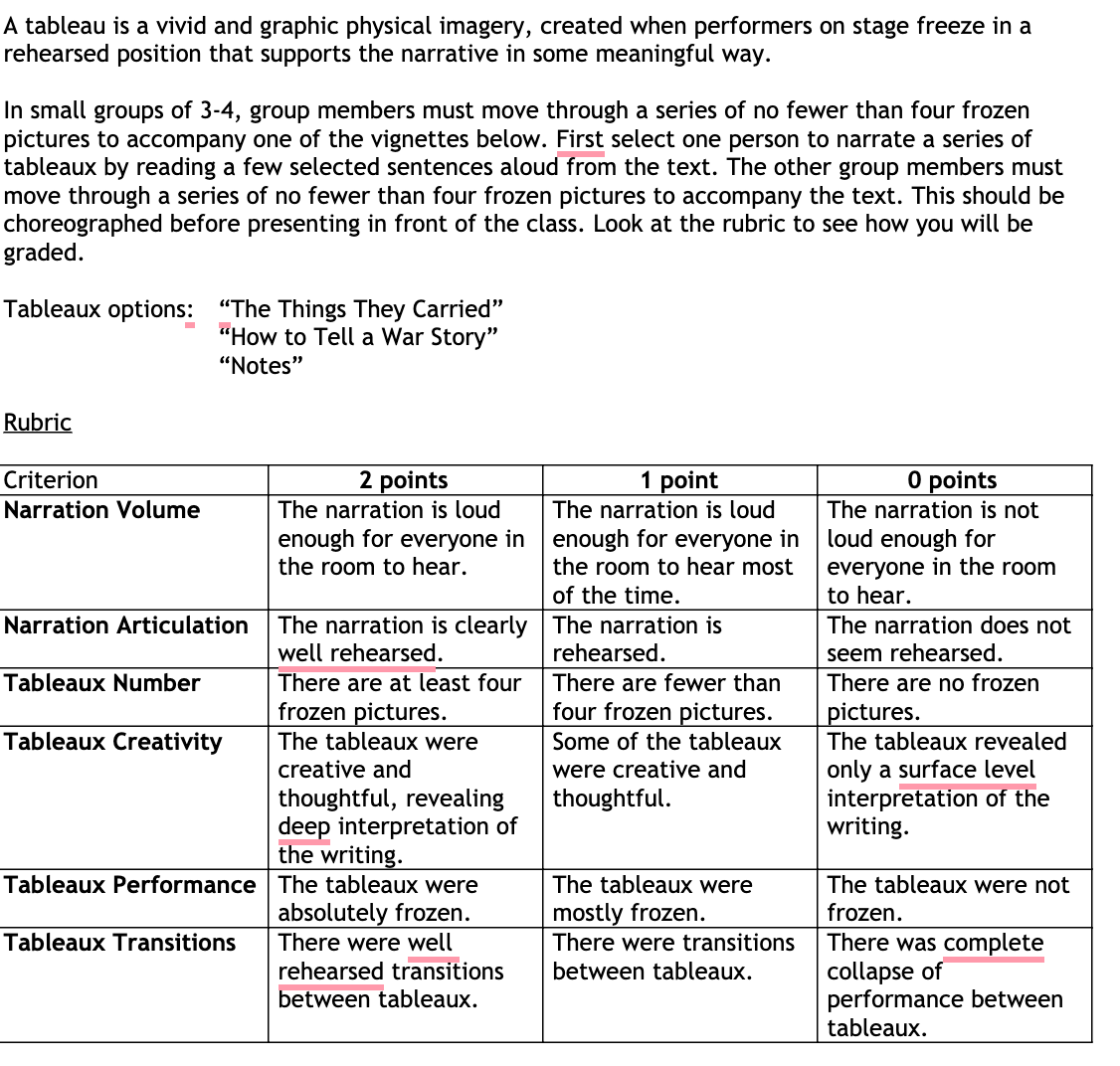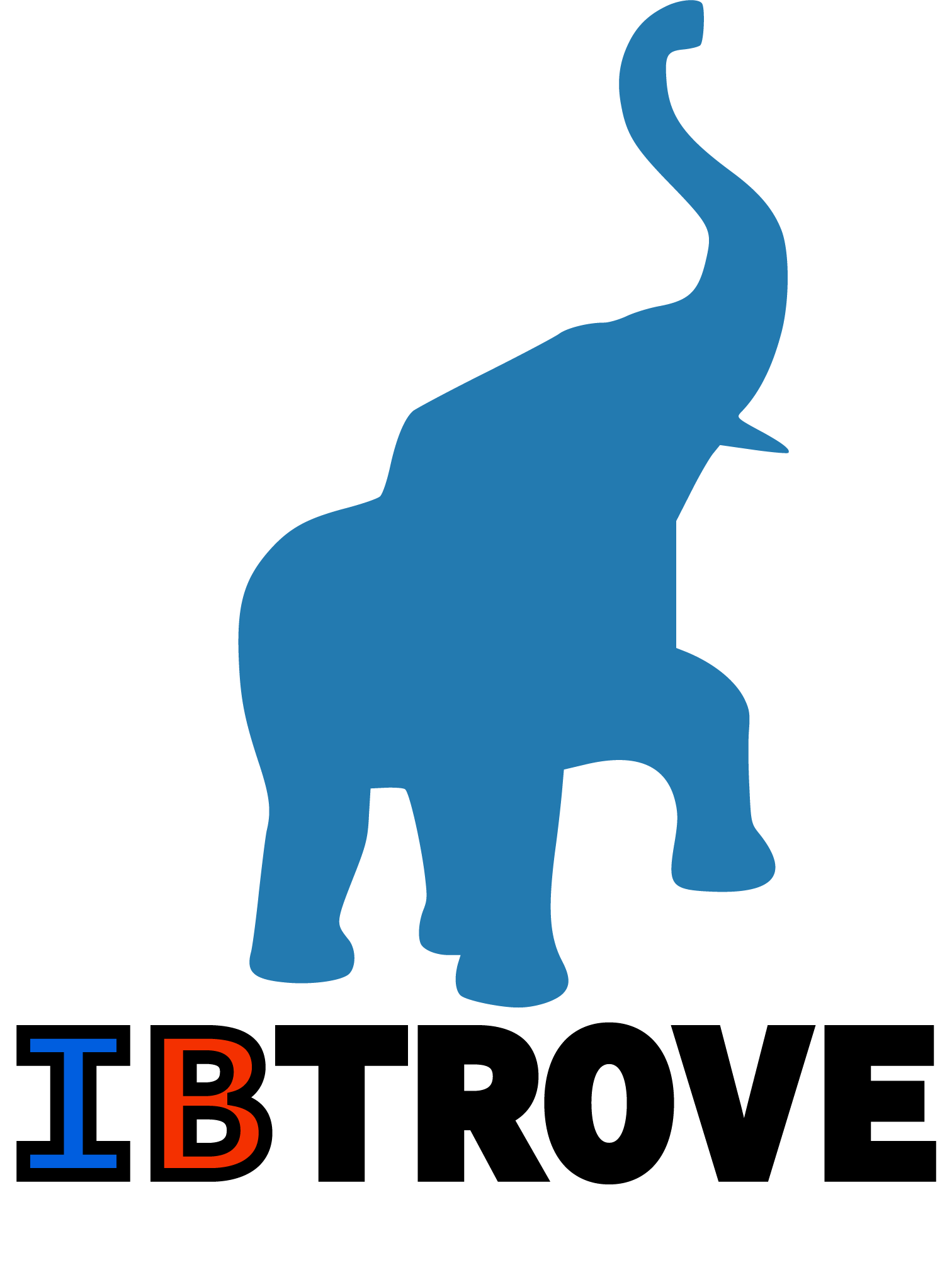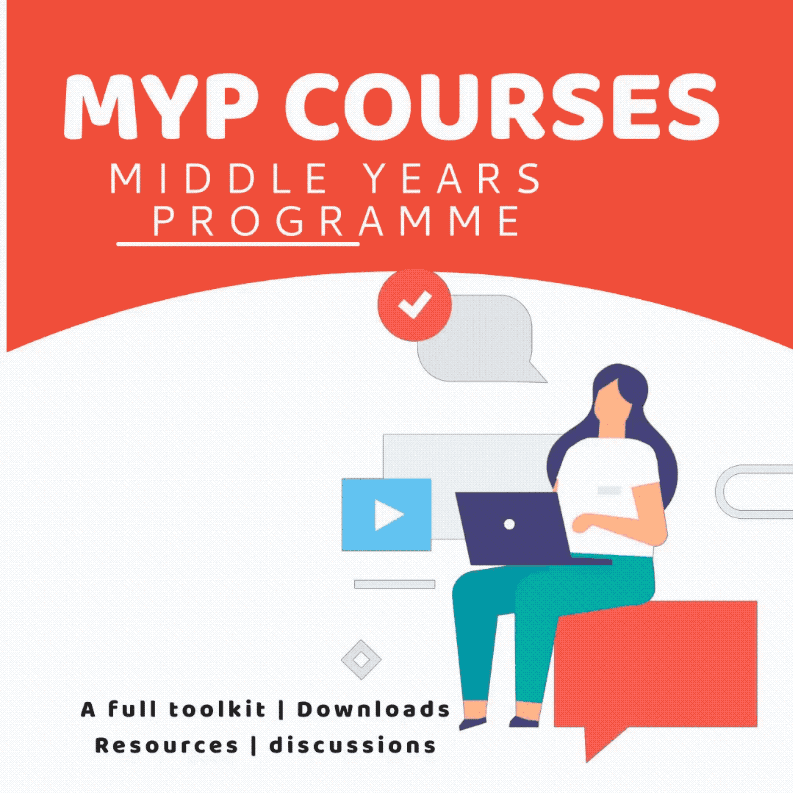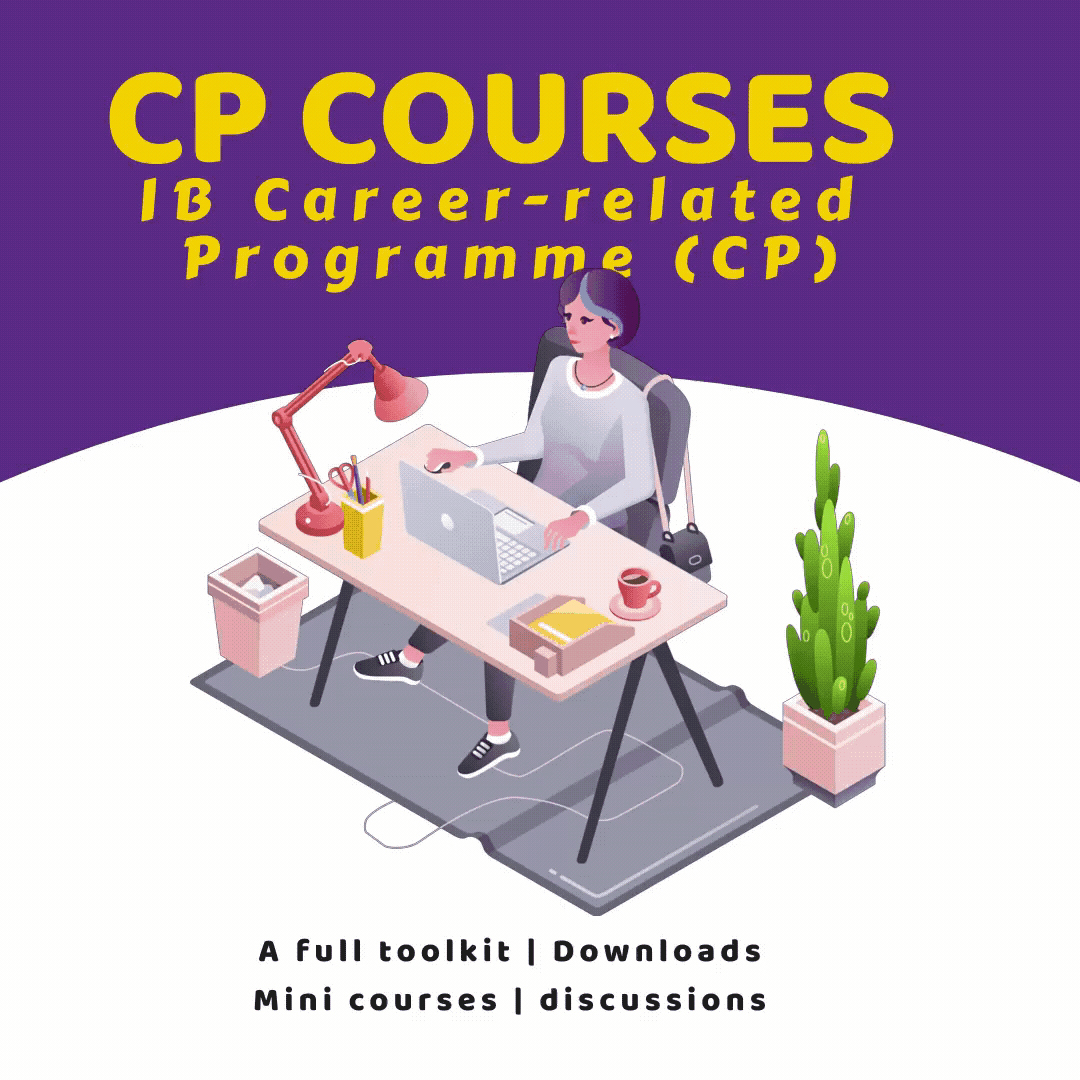Using Tableaux
Ibtrove
Tableau strengthens student’s understanding of a text and/or a concept and it engages students in a way that sitting and reading the information does not.Tableau simply means a series of frozen figures representing a scene, concept, text, ect. To facilitate a tableau, have students get into groups of 3-5, the students then create scenes (usually 4-6) they will represent from their text or learning, and choreography moves from one picture to the next to represent the text or concept. For example, if a group of students wants to represent a General in the army speaking to his regimen, the group may have one student standing on a chair, with hand in the air, an open mouth, and wide eyes while the other students look up to him/her. The group would freeze like this for a few seconds and then move on to their next scene. The transitions would also be choreographed, so the entire tableau flows seamlessly from scene to scene to create the story.
Here are some great options to make tableau even more engaging:
- Ask one member to be a narrator. The narrator could read aloud quotations from the text or the narrator could write their own “captions” that go along with each scene to read aloud during the performance.
- Bring costumes or props for students to use, or ask them to bring in their own. I’ve had students bring in toy fishing rods with fish that velcroed to the rods when completing a tableau for The Adventures of Huckleberry Finn.
- Have the group rehearse their tableau and perform it in front of the class.
- Make it a guessing game by having the audience (class) guess which short story, poem, chapter in a novel, or section of a textbook the tableau group is representing.
Teachers in ALL IB subjects can use tableau.
- If you are teaching from a textbook: have each group take a section, event, or heading from the book to create a series of frozen pictures to represent the concepts presented.
- If you are teaching from a series of texts (group of nonfiction articles, short stories, poems, etc): each group can take one text from the series to represent in their tableau.
- If you are teaching a novel, drama, or nonfiction book: Group students based on the chapters, sections, or acts.

Lastly, there are solid links to the ATT and ATL by using tableau. ATL skills that are covered in tableau include thinking, communication, social, and self-management. And when you facilitate this lesson in your classroom you are emphasizing the ATT skills: based on inquiry, conceptual understanding, effective teamwork and collaboration, and differentiating the needs of students.
Have you used tableau in your classroom before? Comment below and describe your experience. If you include tableau in your lesson plans after reading this blog post, let us know how it goes!
Looking for more tools for teaching IB?Check out our Ibtrove Toolkits!
Featured links
This work/product/service has been developed independently from and is not endorsed by the International Baccalaureate Organization. International Baccalaureate®, Baccalaureat International®, Bachillerato Internacional® and IB® are registered trademarks owned by the International Baccalaureate Organization.
Copyright © 2025
Copyright © 2025



